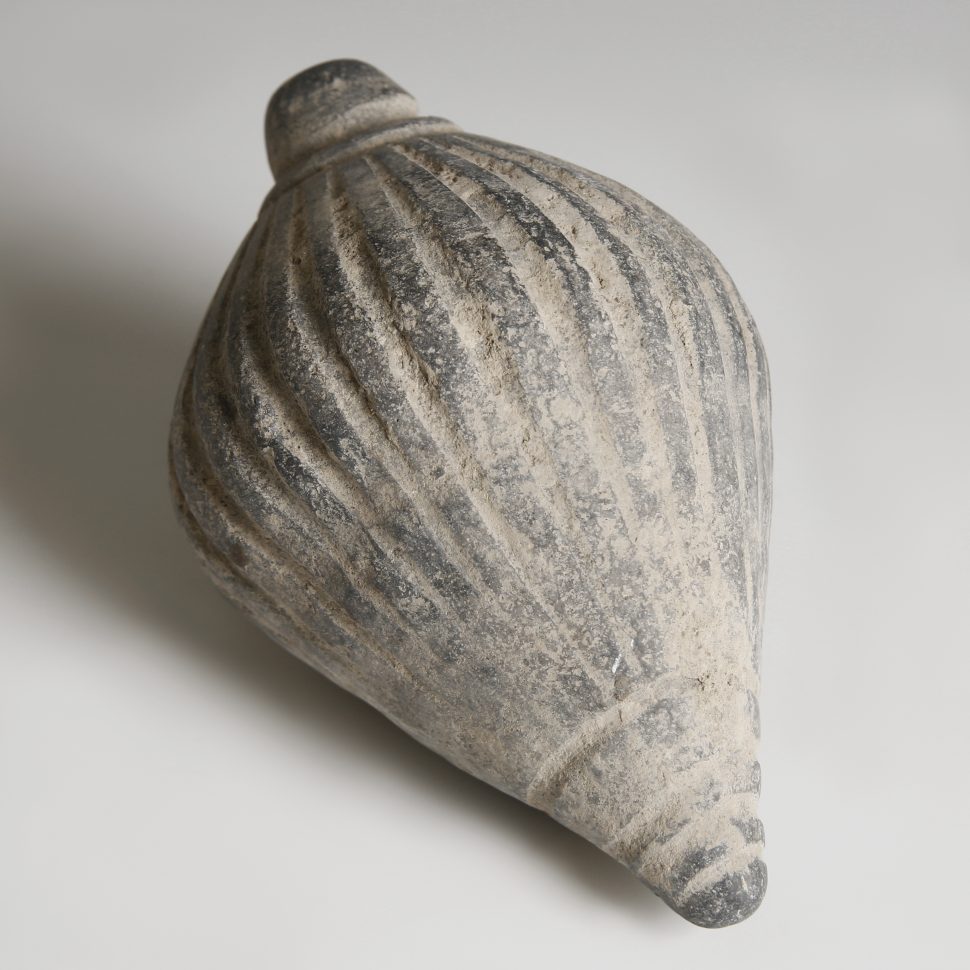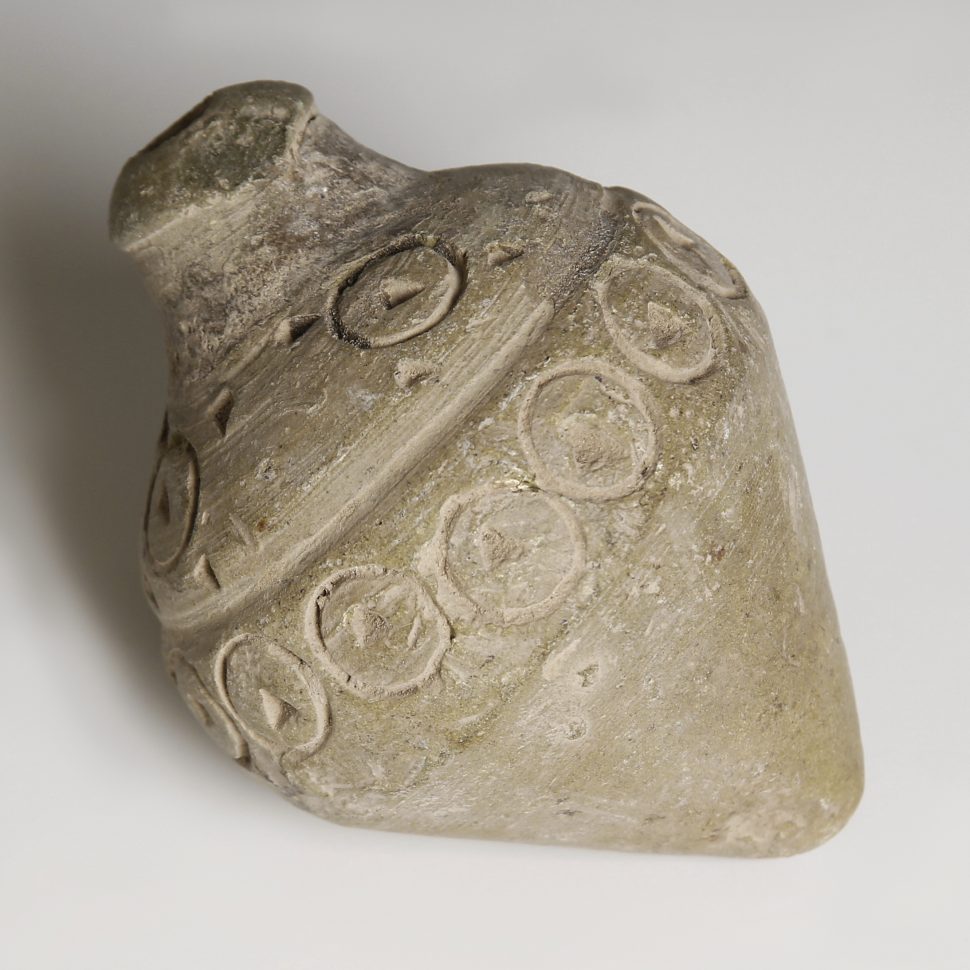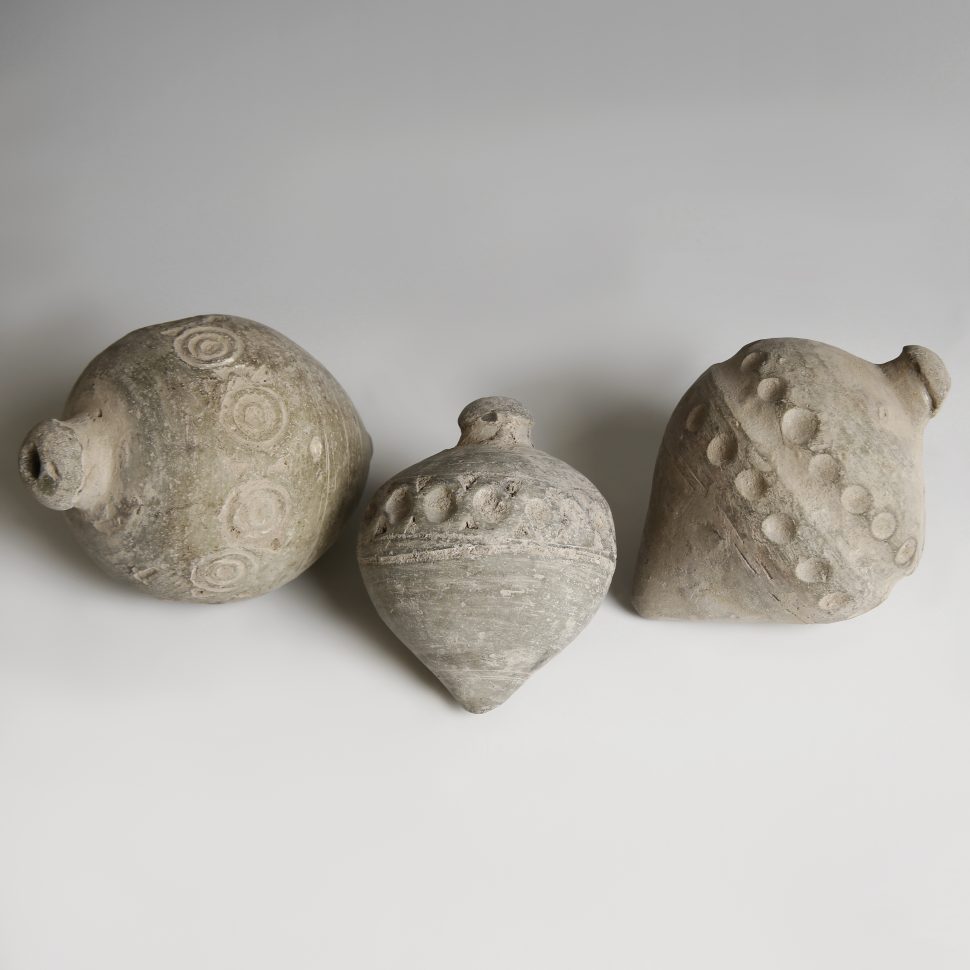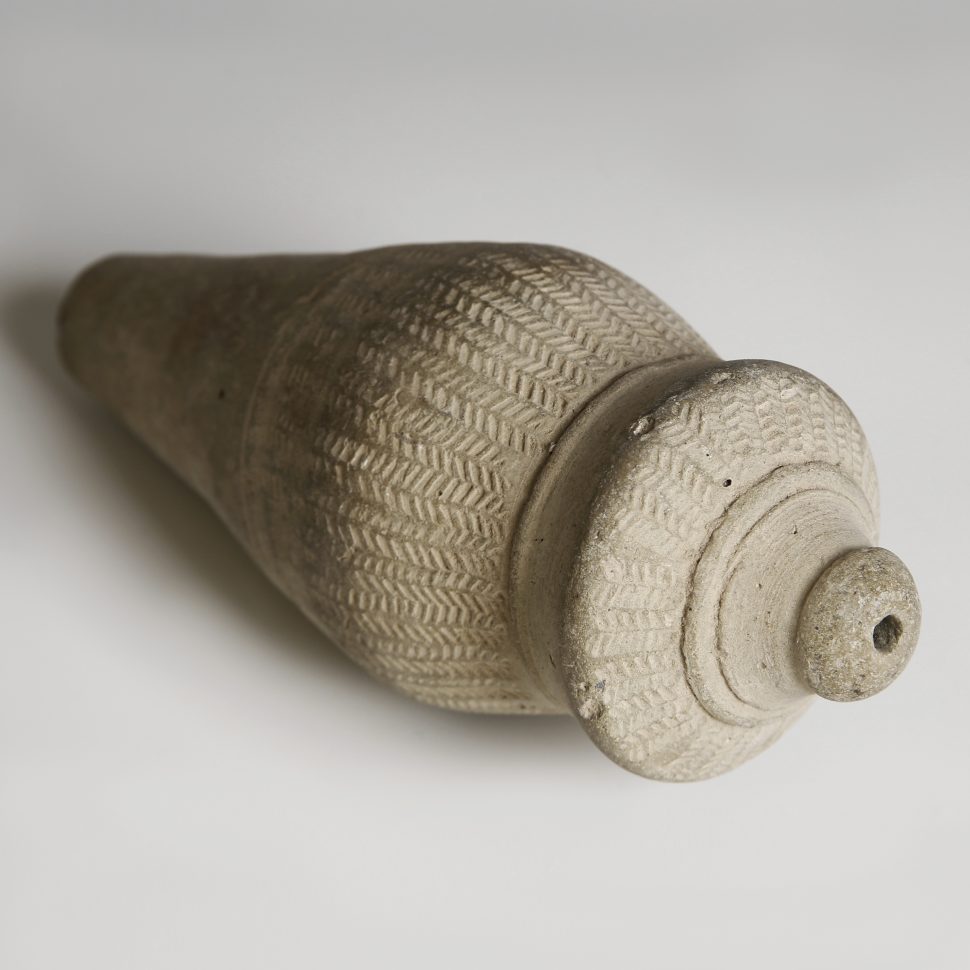Byzantine Fire Grenades
The Byzantine Empire and Warfare
After the fall of Rome in 476 AD and the collapse of the Roman rule in Western Europe, the Eastern part of the Empire was to survive and thrive for centuries, until its fall in 1453 AD. The Byzantine Empire, with its capital in Constantinople, commanded the passage between the Black Sea and the Mediterranean, controlling Italy, Southern Spain, Greece, the Balkans, Asia Minor, Syria, Egypt, and North Africa. Such an empire was held together by a strong and efficient military which witnessed the development of an innovative and sophisticated arsenal.

Greek Fire
Greek fire, also referred to as liquid fire (ὑγρόν πῦρ, hygron pyr), Roman fire (πῦρ ῥωμαϊχόν, pyr romaikon) and fire of war (πολεμικόν πῦρ, polemikon pyr), was the most famous weapon of the Byzantine arsenal. Successfully used in both attack and defensive situations, the powerful weapon played a crucial role in the defence of the Byzantine Empire, ensuring its long survival.
A Secret Formula
The use of incendiary substances has been attested since ancient times and was commonly used in both Greek and Roman warfare. Early mixtures employed substances such as saltpetre, turpentine, sulphur, and charcoal, though nothing as sophisticated and lethal as Greek fire had ever been devised. Its invention is accredited to Collinicus of Heliopolis, a Syrian engineer who fled to Constantinople in 668 AD after seeing his home region overrun by the aggressive expansion of the Islamic Empire. Declared as something that must never reach foreign hands by Emperor Romanos II (959-963 AD), the formula for the flammable mixture was closely guarded for centuries and irredeemably lost after the collapse of the empire. The precise composition of Greek fire remains unknown to this day, though research suggests that petroleum was a vital ingredient making the liquid impervious to water.


Byzantine Hand Grenades
Byzantine grenades appeared around the reign of Leo III (717-741 AD) as an alternative method to utilise Greek fire in battle. These ceramic explosive jars became popular during the crusades (11th-13th century AD) and were used until the Mamluk era (13th-16th century AD). Their average size and the presence of a grip on some examples suggest that the vessels were thrown by hand, thus used in short-range conflicts. These features however, do not exclude the use of Byzantine grenades in long-distance battles. The vessels were most likely hurled at the enemy by catapults or trebuchets and either ignited before release or set alight by fire arrows after the impact.
Distinctive Features
Made from heavy clay, Byzantine grenades varied in both shape and size. The vessels typically feature a bulbous or piriform body with a short cylindrical neck and a small aperture to the top for filling which would have accommodated a fuse to instigate the explosion. Unearthed examples display a great diversity of decorative patterns to their outer surfaces mostly comprising of geometrical motifs. Undecorated grenades have been recovered in Santa Maria del Mare (Catanzaro), Italy, showing further variations in style.

Use in Sea Warfare
Also known as ‘liquid fire’, Greek fire was a favoured weapon in naval engagements due to its resistance to water. The grenades broke on impact covering their target with the flammable mixture making them extremely efficient against wooden vessels. Though the use of Greek fire was not limited to hand grenades; streams of the flaming mixture were fired under pressure towards the enemy ships using a device known as ‘cheoirosiphon’ (hand syphon). The design of the firing device remains unknown, except that it was made from bronze tubes including a syphon pump and swivelling nozzle. These were carried on dromon ships, a fast-sailing vessel and an important component of the Byzantine fleet. The most strategically important use of such devices took place in 672 AD when the Byzantine fleet used Greek fire against the Arabs and managed to halt their advance on Constantinople.
Filed under: Byzantine Empire Tags: , Ancient Art, Ancient Culture
Comments: Comments Off on Byzantine Fire Grenades